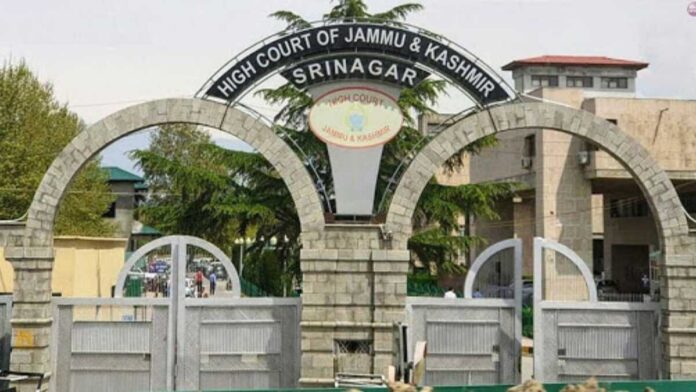The High Court of Jammu and Kashmir and Ladakh has implemented new Standard Operating Procedures (SOP) for the appearance of government officials in court proceedings, announced by Chief Justice Tashi Rabstan. This move aims to streamline court appearances in alignment with guidelines set by the Supreme Court.
Under the new SOP, officials are not required to stand throughout hearings unless speaking, and courts are instructed to refrain from commenting on officials’ appearance or background. The guidelines are designed to ensure professionalism and respect in court interactions, as stated in a notification released on Wednesday.
Registrar General of the High Court, Shahzad Azeem, noted that these measures follow directives from the Supreme Court, which previously mandated all high courts to establish rules for the summoning and appearance of government employees. The Jammu and Kashmir and Ladakh High Court’s adoption of these SOPs reflects a commitment to these national standards.
Key features of the SOP include:
- Video Conferencing: Government officials may initially appear via video conferencing. Courts are required to provide the necessary links and details at least a day in advance. In-person appearances are to be reserved for exceptional cases where physical presence is deemed necessary.
- Physical Presence: When physical attendance is required, the court must specify the reasons in advance and ensure timely notification to the officials, allowing them to prepare adequately for the proceedings.
- Courtroom Conduct: During appearances, officials may sit unless actively speaking. This guideline helps maintain focus on the legal proceedings rather than on the physical demeanor of the individuals involved.
- Evidence and Proceedings: The SOP categorizes proceedings into evidence-based adjudication, summary proceedings, and non-adversarial proceedings, outlining specific requirements for each regarding the presence and contributions of government officials.
The SOP also stresses the importance of considering the complexity of government policies when setting compliance deadlines, advising courts to provide reasonable extensions when necessary. This consideration is crucial in ensuring that legal decisions are well-informed and contextually appropriate.
Additionally, the guidelines address the handling of contempt proceedings with caution, recommending that courts issue notices seeking explanations before demanding personal appearances. This approach encourages a balanced judicial process, allowing for clarification and defense before escalating to more severe legal actions.




